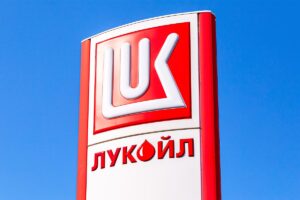The plant produces 1,600 tonnes of clean, carbon-neutral green hydrogen annually, which is used for fuel production, reducing the carbon dioxide emissions of the Danube Refinery by 25,000 tonnes – equivalent to the yearly emissions of approximately 5,400 conventional cars.
This step aligns with MOL Group’s corporate SHAPE TOMORROW strategy, aiming to make the region more sustainable, competitive, and self-sufficient, according to the company.
The necessary work to start production has been completed, including pressure tests, process control system checks, integration of electrolytic cells into the system, and the commissioning of a water purification system.

Plug Power’s electrolysis equipment uses renewable electricity to split water into hydrogen and oxygen, meaning no polluting by-products are created. The plant produces 8-9 tonnes of pure oxygen per tonne of hydrogen.
The American company provided MOL with innovative and reliable technology: hydrogen generators, optimised for the production of clean hydrogen, with almost 50 years of operational experience.
“Green hydrogen is a clean and versatile energy source that we are currently using for fuel production to reduce our carbon footprint, and we plan to soon use it directly in the transport sector. The production and use of green hydrogen helps in the energy transition in an innovative way, which is the core goal of our strategy. After the Százhalombatta refinery, we plan similar plants in Bratislava and Rijeka, with the latter expected to begin operations in 2026,” said Adam Horvat, MOL Group Vice President for New and Sustainable Businesses.
The new €22 million plant will reduce the Danube Refinery’s carbon footprint by more than 25,000 tonnes of carbon dioxide annually, gradually replacing the natural gas-based production process, which currently accounts for one-sixth of MOL Group’s total carbon dioxide emissions.







